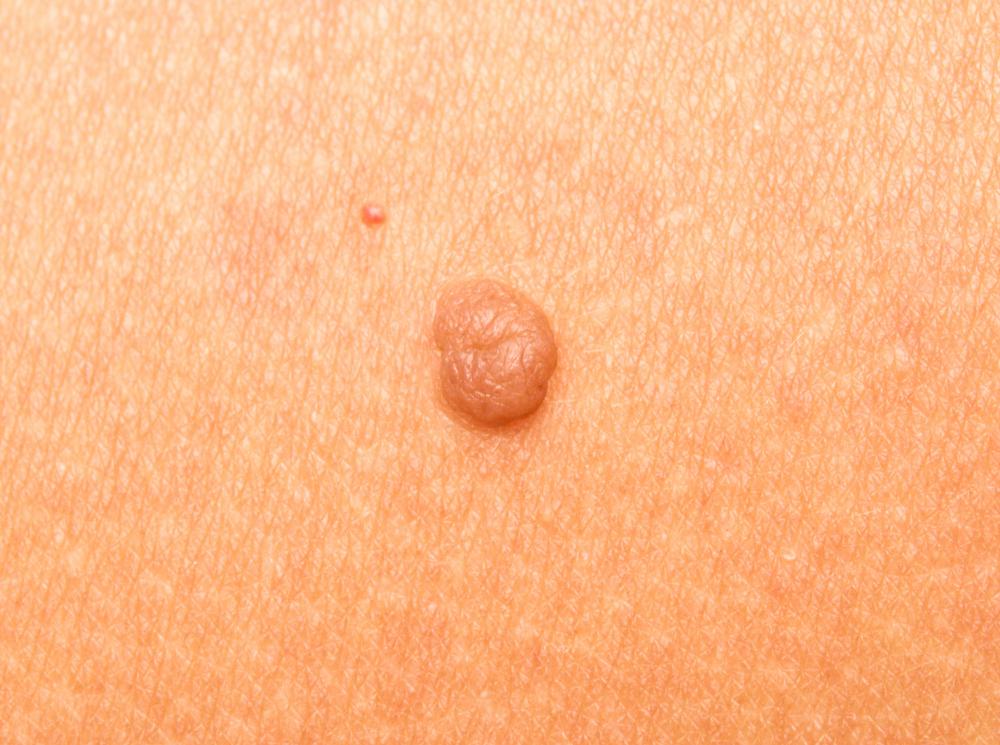At WiseGEEK, we're committed to delivering accurate, trustworthy information. Our expert-authored content is rigorously fact-checked and sourced from credible authorities. Discover how we uphold the highest standards in providing you with reliable knowledge.
What are the Different Skin Cancer Stages?
Skin cancer occurs in phases. Each phase, or stage, determines how the cancer has spread and how far the disease has progressed. Skin cancer stages range from 0 to IV for both non-melanoma and melanoma cancers. Doctors rely on cancer stages to create the best treatment plan. A biopsy is done to tell doctors what stage the cancer falls into as well as whether or not it has spread.
Non-melanoma cancers, including squamous cell and basal cell carcinomas, are more common than melanoma cancers. A non-melanoma skin cancer is usually caused by an over-exposure to sunlight. Growths appear frequently on the head, back, arms, chest, or shoulders. The growths change shape, color, or size.
Melanoma skin cancers are rarer. A melanoma is also more aggressive. Melanomas start in skin cells that make pigment, known as melanocyte cells. Similar to non-melanomas, this cancer can start in a mole or wart but it can also start in normal skin.
A non-melanoma cancer is biopsied and then classified into one of the five skin cancer stages. When the cancer is in the epidermis, it is Stage 0, also referred to as carcinoma in situ. This is the first of the skin cancer stages.

Stage I is the second of the skin cancer stages. In this stage, a tumor is evident but small. When a tumor is smaller than 0.75 inch (about 1.9 cm), it is classified as Stage I. Stage II skin cancers are determined when the tumor is larger than a stage I tumor but is less than two inches (about 5 cm).
The remaining two skin cancer stages, III and IV, are determined when doctors have evidence that the cancer has spread. If testing shows cancer in the cartilage, bone, muscle, or immediate lymph nodes, the cancer is stage III. When there is cancer in the other parts of the body in addition to the skin, stage IV is determined.

Melanoma skin cancer stages are much more specific and include sub-stages. Stage 0 is the same as a non-melanoma cancer. The second stage, stage I, is divided into IA and IB. IA tumors are smaller than 1/16 inch (1 mm), located in both the epidermis and upper dermis, and have no ulceration. IB tumors can be in the dermis or tissue under the skin.
The remaining three skin cancer stages are also divided. Each stage helps doctors classify a tumor based on its measurement and location. Classification also helps doctors create a more successful treatment plan with a larger chance of eradicating the cancer.
AS FEATURED ON:
AS FEATURED ON:














Discuss this Article
Post your comments